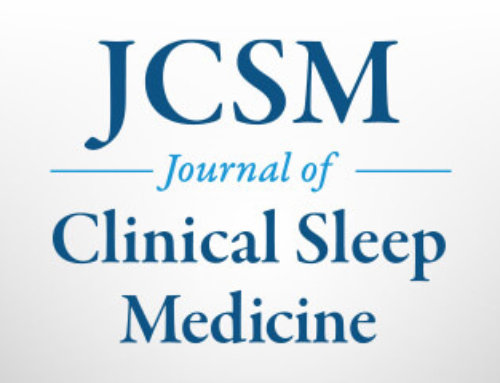Westchester, Ill.—A study in the Aug. 15 issue of the Journal of Clinical Sleep Medicine shows that the sleep patterns of older adults who live with and provide direct care during the night for a person with dementia are significantly worse than other older adults.
According to Rowe, the most surprising finding of the study was that the caregiver group took a longer time to fall asleep, which is consistent with the greater worry and concern that caregivers may have. The researchers had expected the caregivers’ main sleep problem to be more time awake in the middle of the night when the person with dementia needed supervision. The difference between groups was not significant, however, as both caregivers and noncaregivers had an average of more than 40 minutes of time awake during the night after initially falling asleep.
Sleep patterns were measured by actigraphy for three to seven nights for the 31 caregivers in the study, each of whom lived with and provided direct care to a person with dementia who had nighttime awakenings. Seven nights of data were collected by actigraphy for the 102 noncaregivers in a previous study on sleep in older adults who were relatively healthy, living in the community and not diagnosed with sleep disorders other than insomnia. In general, both groups were predominantly female, white and currently married. Ages ranged from 60 to 89 years for noncaregivers and 60 to 86 years for caregivers. The noncaregiver sample had a significantly greater level of education than the caregiver sample.
The Journal of Clinical Sleep Medicine is the official publication of the AASM.
For a copy of the study, “Sleep Pattern Differences Between Older Adult Dementia Caregivers and Older Adult Noncaregivers Using Objective and Subject Measures,” or to arrange an interview with an AASM spokesperson, please contact Kelly Wagner, AASM public relations coordinator, at (708) 492-0930, ext. 9331, or kwagner@aasm.org.
###




